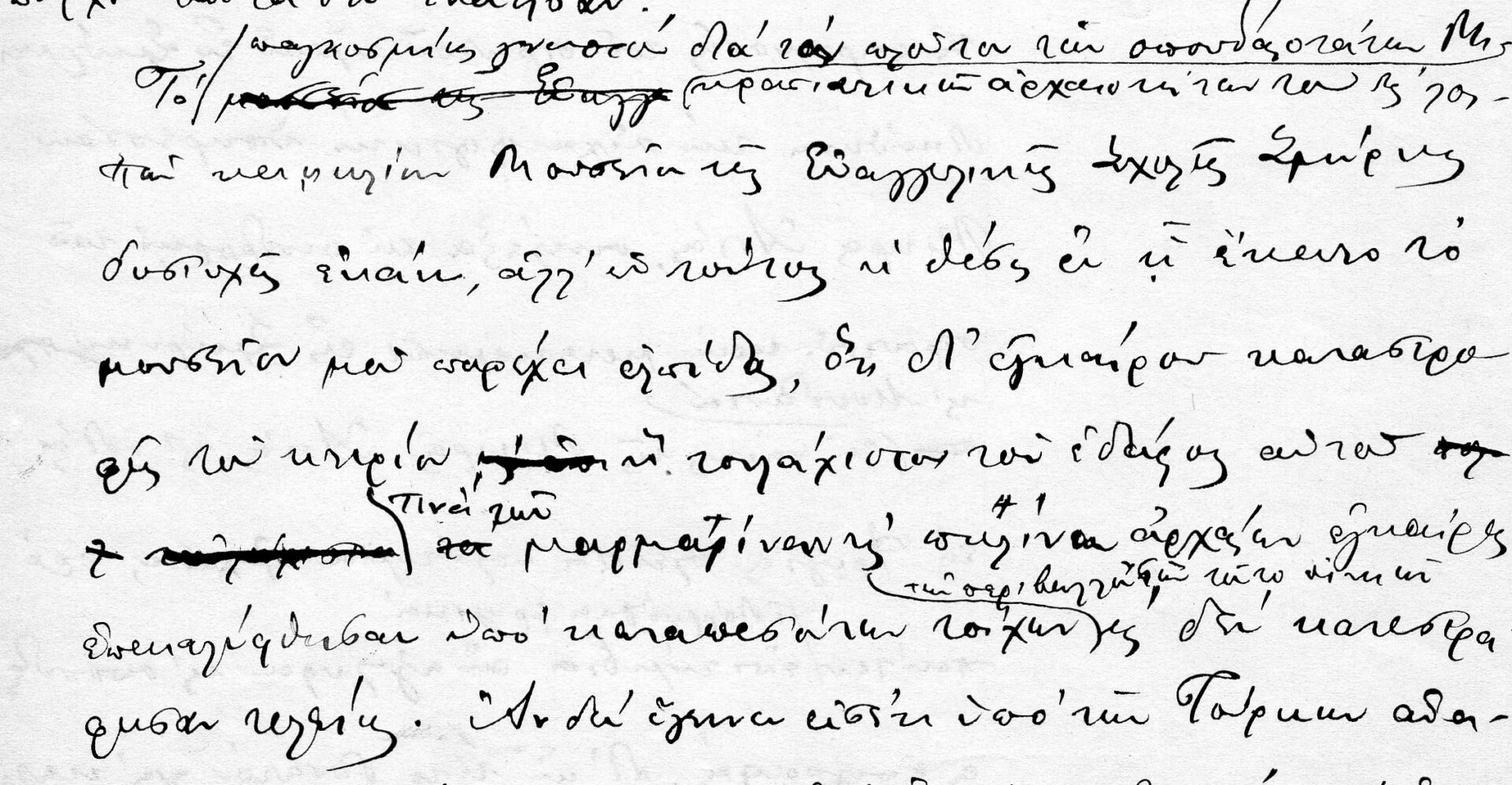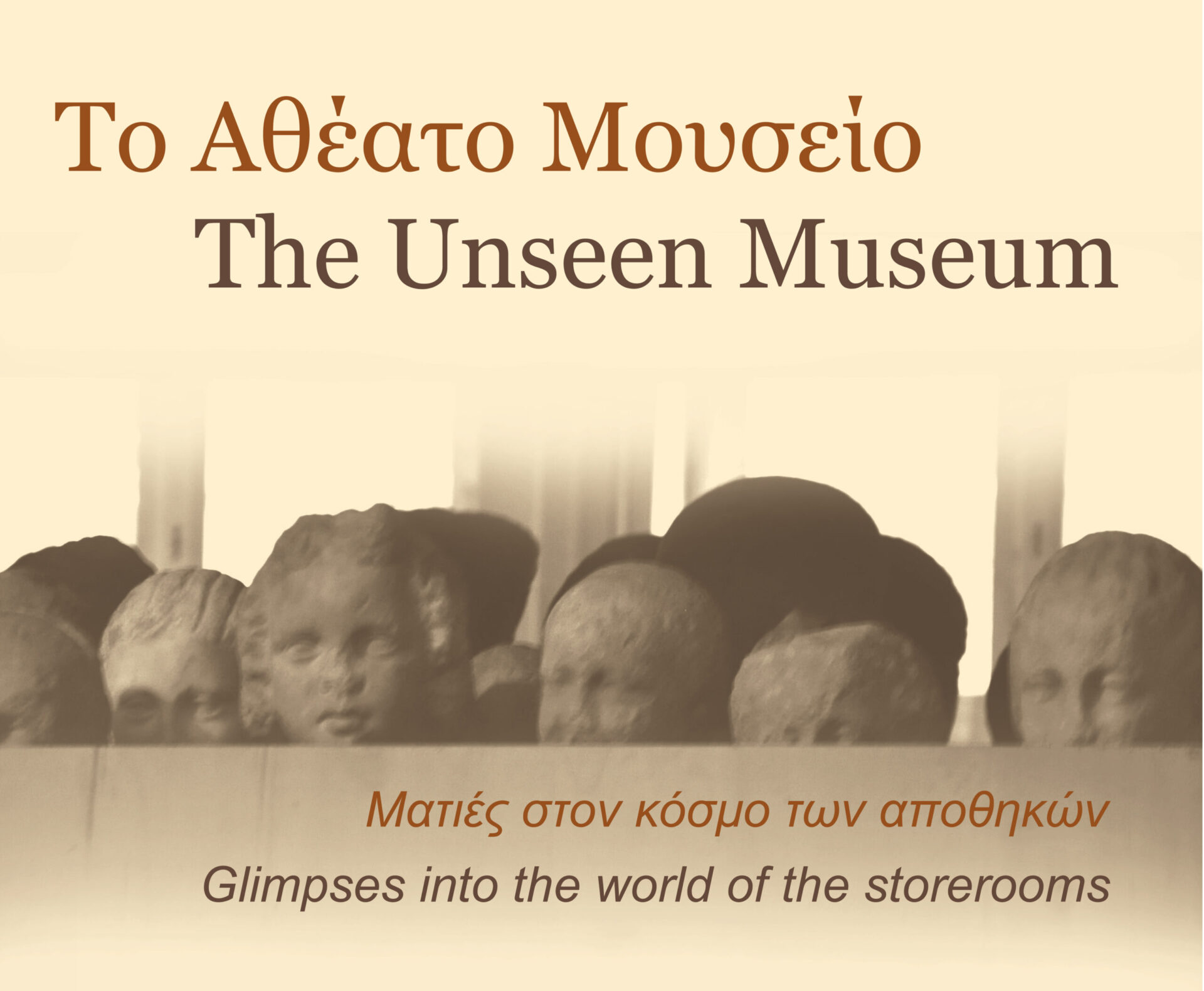Unseen Museum
“A marble head of a child retrieved from the ashes of Smyrna”
The Unseen Museum is the well-known exhibition project of the National Archaeological Museum of Athens that brings to the fore antiquities stored in its vaults away from the visitor’s eyes.
This year, the event is dedicated to the centenary of the Asia Minor Catastrophe. Ιts third group of exhibits is entitled “A marble head of a child retrieved from the ashes of Smyrna”.
This youthful head, with curly upswept hair crowning the forehead, is a copy of a Hellenistic prototype. The intense damage discerned on its surface is due to breakages and exposure to high temperature, which altered the once glossy skin of the marble.
The circumstances of the extensive damage caused are described in two documents kept in the Museum’s Administrative Archive dated 28.8.1926. The first one is the report of the then Director, Panagiotis Kastriotis, to the Minister mentioning that the military attaché at the British Embassy in Athens, L. Bower, donated to the Museum a head, probably of a Muse once housed in the Museum of the Evangelical School of Smyrna, “bearing vivid traces of fire from the destruction of the city in 1922”. The second document is Kastriotis’ letter of thanks to the donor, written in French.
The Evangelical School of Smyrna was one of the most important educational institutes operating in the Ottoman Empire. It held a variety of annexes, including among others a rich library comprising 35,000 titles, and an archaeological museum, established in the early 19th century through purchases and donations from collectors and antiquarians.
The Museum collections included coins, inscriptions, sculptures and artefacts from terracotta and glass. Its operation was not continuous; in 1873 it was re-established and merged with the Library. During the
period of the Greek Administration of Smyrna (1919-1922) and thanks to the establishment of the local Department of Antiquities, its collections were enriched with the transfer of antiquities from inland Asia Minor. The
Museum was completely destroyed on September 1922 by the Great Fire of Smyrna and the fate of many of its antiquities is unknown. This particular head was rescued thanks to the care of a British diplomat,
who found it and retrieved it from the ashes of the Catastrophe.
On Sundays, August 14, September 4 & 18, October 2, at 13.00, as well as on Wednesdays, August 10 & 17, September 7 & 21, at 13.00, archaeologists of the Museum welcome the visitors and present (in Greek) the excavations of the Greek Archaelogical Department in Asia Minor in 1919-1922, the establishment of archaeological museums and warehouses and the fate of the Collections in the days of the Catastrophe.
Communication:
Email: eam@culture.gr
![]()
National Archaeological Museum / Εθνικό Αρχαιολογικό Μουσείο @namuseumathens
![]()
namuseumathens







